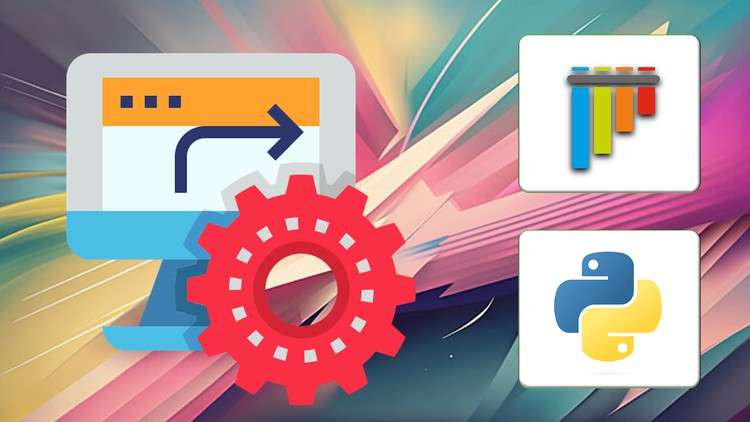
Build Robust Python Applications with In-Depth Testing Knowledge
What you will learn
Fundamentals of Testing in Python
Test Project Organization
Variety of Test Functions
Efficient Testing
Description
In this comprehensive PyTest course, you’ll not only acquire a deep understanding of testing in Python but also gain hands-on experience in applying these concepts to real-world scenarios. Through a series of practical examples and demonstrations, you’ll learn how to write effective test cases, manage test projects efficiently, and harness the full power of PyTest’s advanced features.
With a focus on practicality, this course equips you with the skills needed to build and maintain reliable Python applications. You’ll explore techniques for testing exceptions, working with different types of fixtures, using custom markers, and managing test directories effectively. Moreover, you’ll discover how to extend PyTest’s functionality by creating your own plugins, allowing you to tailor your testing environment to meet your specific project requirements.
By the end of this course, you’ll not only have a solid foundation in PyTest but also the confidence to tackle complex testing scenarios. Whether you’re a Python novice looking to establish best practices or an experienced developer seeking to enhance your testing skills, this course is your gateway to becoming a PyTest expert. Whether you’re an aspiring Python developer or an experienced programmer, this course will be your invaluable resource for mastering PyTest and elevating your software testing capabilities to new heights.
Content